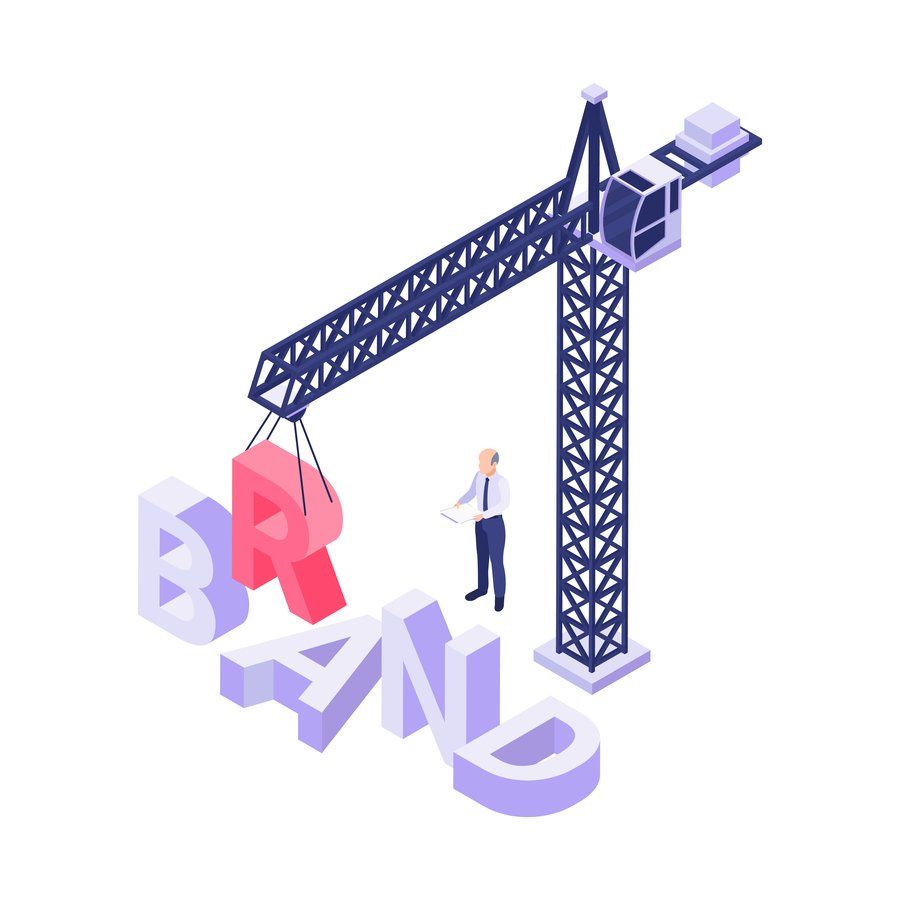6 Approaches to Make Employee Listening A Priority

Listening isn’t about the run-of-the-mill surveys and polls to understand what employees think and say. It goes beyond. To truly listen, means to go to the trenches and get the ‘real’ information that leaders often fail to get or avoid wanting to hear. Not just once, but continually. Considering the changes taking place around us and in the workplace, how staff feel and stay connected today may not be the same tomorrow.
From what prevents staff from doing great work to understanding the level of manager competencies; from real-time intelligence on the pulse of staff to predicting who are the core influencers that can drive the company’s vision forward – the role of listening is immensely valuable. Although, barely appreciated within organisations. Catching issues before it snowballs into larger problems is also a significant benefit of listening.
Related: How Communication Drives Digital Employee Engagement
Value of listening
Employee listening is a must-have and impacts business significantly, according to a Josh Bersin report. A study among 800 organisations on diversity, equity and inclusion, found that among the 84 practices to further diversity, listening frequently to the workforce and acting on the insights gained has the biggest impact on business and people outcomes. Instead of the traditional exit interviews, doing a ‘stay’ interview is far more powerful in retention. Which in effect means listening to staff while they are present.
In a study by IBM on employee voice, among organisations which invested in multiple listening methods, employees rated their performance and reputation 24% more than those didn’t. There are strong reasons for organisations to take this approach seriously. With the boundaries of internal and external worlds diffusing, comments and opinions about companies are finding their way on social media.
Barriers to listening
On the other hand, organisations are doing more damage than good. For example, employee surveillance and monitoring is on the rise and not helping with trust building measures. A survey of 2,209 workers in England and Wales, conducted by BritainThinks found three in five (60 per cent) workers said they had been under surveillance or monitored at work in 2021, compared to 53% of respondents in a survey the year before.
Unfortunately, most organisations and leaders want to listen to what they think is appropriate and fail to comprehend the real sentiments within. They also tend to rely on a few ‘trusted’ resources to ‘gauge’ the pulse and that sets the wheels turning in the wrong direction. In the interest of managing upwards, they often ignore what staff are trying to convey. In another study by O.C. Tanner, just 51% of employees believe organisations truly listen. A Gallup study shares than just 3 in 10 US staff believe their opinions count at the workplace. In particular, more workers reported monitoring of staff devices (24 per cent in 2021 compared to 20 per cent in 2020) and monitoring of phone calls (14 per cent compared to 11 per cent) than in the year before.
Also, another drawback is hoping that managers are having conversations and getting the feedback they need and will pass it upwards. The assumption is that staff trust managers and will speak their mind. And, that the feedback given will be acted on. The opportunities to give anonymous feedback and the rise of staff using those channels is an indication that there is a gap. Furthermore, not doing anything with the feedback can do more damage than good. Likewise, not providing any update on when and how staff will see progress on their feedback can cause resentment.
Investing in listening
Organisations that have feedback mechanisms are more likely to have engaged staff. In a study by Qualtrics, although global engagement rates were low (53%), when organisations asked for feedback formally, the scores increased to 59%. However, despite being asked (63%), employees feel let down when there is limited interest to act on the feedback (just 35%). 2 in 3 staff feel it is vital for employers to listen to the feedback.
- Listening needs to be part of the broader organisation strategy on employee experience. Addressing the perceptions towards the organisation can lead to improved sense of belonginess, a deeper understanding of the purpose at work, feeling recognized for the work completed, a feeling of satisfaction with life in general and the flow of positivity that keeps the employee adding value. Therefore, the listening approach needs to systematic and rigorous.
- Tapping the power of technology is an effective way to make your listening program a success. This includes mining for sentiments – from internal social media conversations to focus group conversations. There is a lot which can be derived from what is unsaid.
- Ensuring there is a system and process in place to transparently communicate what happens with all the feedback and listening interventions. If employee listening isn’t a core part of the strategy, your organisation is living in an echo chamber and making poor decisions in everyday interactions.
- Holding leaders accountable and transparently highlighting the feedback given and actions taken are great ways to build trust. It requires guts and boldness on the part of the organisation to take such decisions.
- Creating bottom-up listening approaches and leveraging internal and trusted (by staff) ‘influencers’ to be listening champions can be a worthwhile attempt in gaining much needed respect and accepting employee voice.
- Embracing design thinking in systems and processes that put staff at the heart of listening will reap dividends. It isn’t just about engagement ‘after’ the employee joins, getting real-time feedback during onboarding, in stay discussions, performance management conversations can help derive ‘moments of truth’ and result in ‘moments that matter’.

Infographic by Leaderonomics: Invest in Listening
Listening can’t be understood in isolation. If organisations don’t create an environment of trust, people won’t feel ready to speak up. When employee voice is hindered, organisations don’t hear what staff really want to say. It leads to employee ‘silence’ which is an alarming trend. That in turn creates a void in feedback. And leads to poor decisions and interventions. It is therefore crucial to ensure your listening strategy encourages staff to feel psychologically safe to voice their opinions and concerns. That creates an open dialogue with communication playing a key role in enabling trust.
What do you think? Are there approaches that worked for your organisation?
This article was also published on Aniisu K Verghese's LinkedIn
This article states that employee listening impacts business significantly. Does your oragansation have any employee listening tool? Invest in Happily and let technology do the employee listening! Happily (or Budaya for those from Indonesia) is an amazing engagement app built for organisations to drive engagement amongst employees. It has amazing analytics which will allow you to take action to prevent employee attrition and more. Happily also provides activities for employees to be fully immersed in the organisation's culture and values. Watch this video!
To find out more, click here or email info@leaderonomics.com for demo.
Functional





